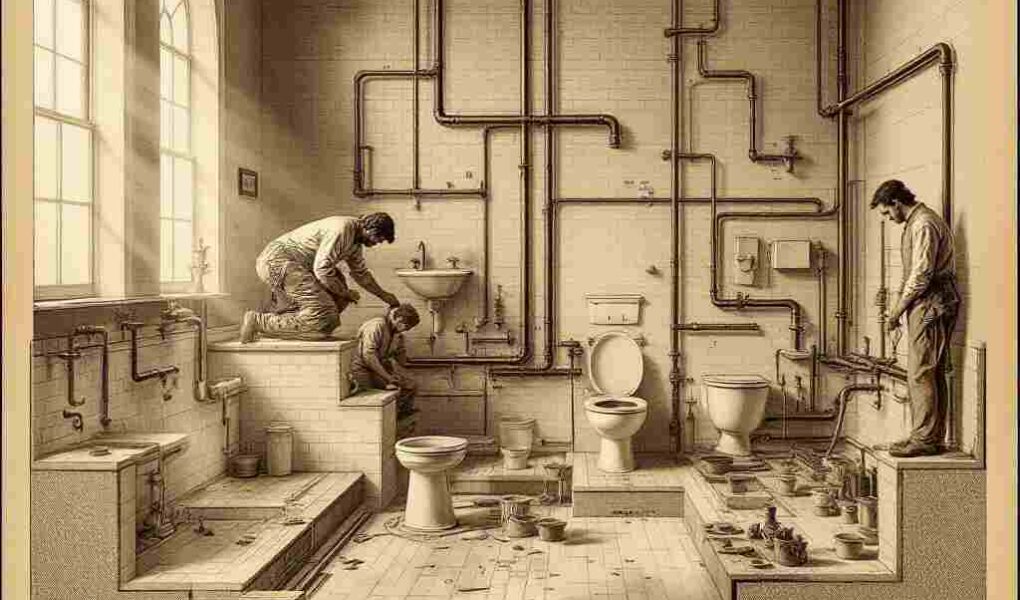The White House is not only the residence of the President of the United States but also a symbol of American history, innovation, and progress. Over the centuries, it has witnessed the evolution of technology, architecture, and modern conveniences. One of the most significant advancements is the introduction of indoor plumbing—a feature we now take for granted.
However, the question remains: When did the White House get indoor plumbing? The journey from water pumps to state-of-the-art systems is a fascinating story that reflects the broader timeline of America’s technological development. Let’s deeply dive into the history of plumbing at the White House and uncover how it evolved over time.
The Early Days: Life in the White House Before Plumbing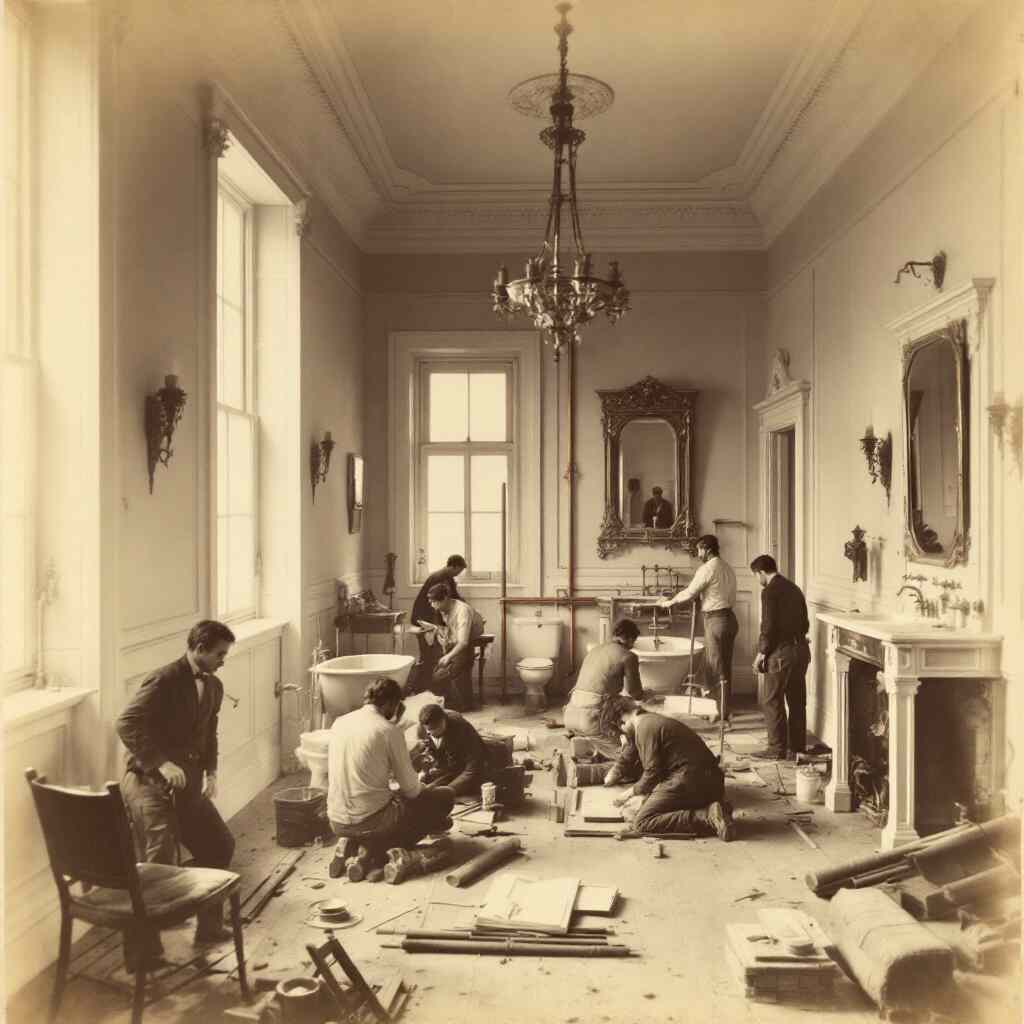
Construction of the White House and Early Living Conditions
The White House was constructed in 1792 when indoor plumbing was virtually nonexistent in the United States. Early presidents and their families lived without the modern conveniences we associate with comfort today. Instead, they relied on wells, chamber pots, and outdoor privies to manage their daily needs.
Hygiene and Water Needs
Water was fetched manually from nearby sources, such as wells or the Potomac River. Bathing was labor-intensive, requiring servants to heat water and pour it into portable tubs. Hygiene was rudimentary, and the lack of plumbing often made life inconvenient for both the residents and staff of the White House.
During this period, the White House functioned as a symbol of the nation rather than a comfortable home. The absence of plumbing highlights how even the most prestigious households of the late 18th and early 19th centuries lacked basic modern amenities.
The First Steps Toward Modernization
John Quincy Adams and the Water Pump
In the 1820s, President John Quincy Adams took the first step toward modernizing the White House’s water system. He installed a hand-operated water pump, primarily for gardening purposes. This simple addition allowed water to be drawn from a well and distributed to the White House grounds.
However, this system was far from indoor plumbing. Water was still unavailable for personal use within the house. The pump primarily served outdoor needs, and residents continued relying on traditional bathing and sanitation methods.
The Arrival of Indoor Plumbing: Andrew Jackson’s Contribution
1833: The White House Gets Its First Indoor Plumbing
The year 1833 marked a turning point in the White House’s history. Under the leadership of President Andrew Jackson, the first indoor plumbing system was installed in the East Wing of the White House. This system included iron pipes that carried water into the building and a bathing room for the President and his family.
You may also read (snake your toilet at home)
How It Worked
The early plumbing system was rudimentary by today’s standards. Water was drawn from a nearby spring and delivered to the White House through pipes. A hand pump created the necessary water pressure, allowing water to flow to the bathing room. While revolutionary at the time, this system was limited to specific areas of the house.
Evolution of White House Plumbing: Key Milestones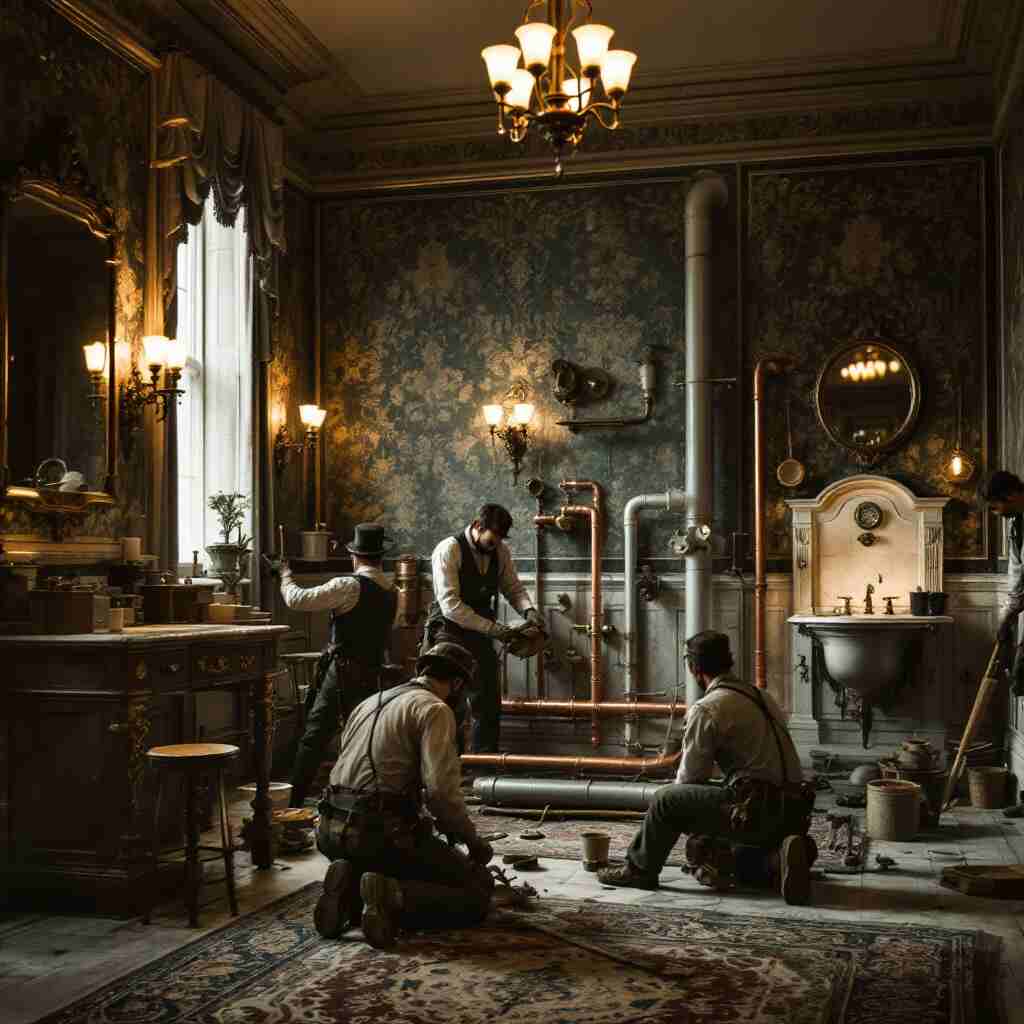
1853: The First Permanent Bathroom
During Millard Fillmore’s presidency, the White House took another leap forward with the installation of its first permanent bathroom. This included a flushing toilet, a significant improvement over chamber pots, and outdoor privies.
1853-1876: Expansion of Plumbing Systems
Over the next few decades, the White House continued to upgrade its plumbing infrastructure:
- Hot and Cold Water Taps: By the mid-19th Century, taps were installed on the Second Floor, providing residents access to hot and cold water.
- Water Tank in the Attic: A 2,000-gallon tank was placed in the attic to supply water to various parts of the residence.
Late 19th Century: Comprehensive Plumbing Expansion
By the late 1800s, plumbing had been extended throughout the White House. Bathrooms were added to additional floors, and the system was upgraded to include more efficient water delivery and waste removal mechanisms.
Notable Plumbing Upgrades and Presidential Preferences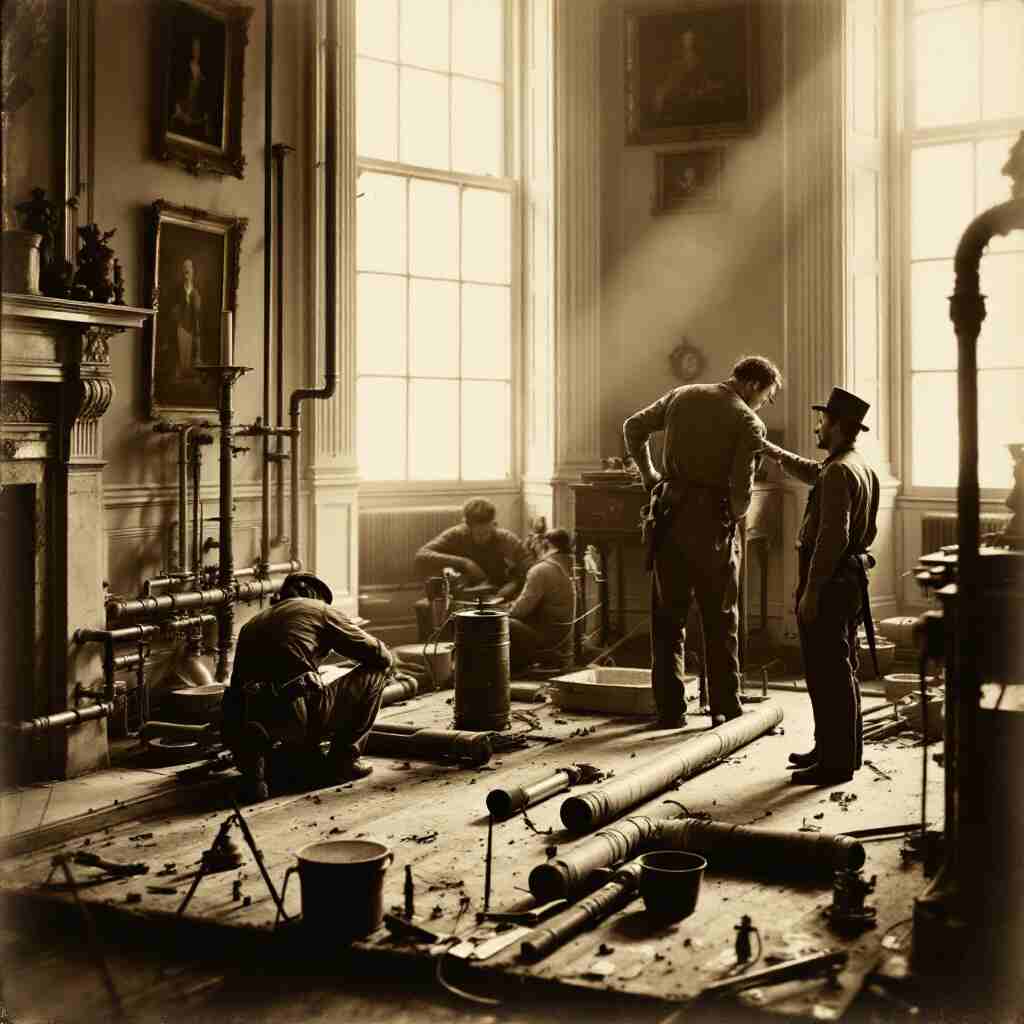
President Taft’s Oversized Bathtub
One of the most famous plumbing stories involves President William Howard Taft, who weighed over 300 pounds. In 1909, a custom oversized bathtub was installed to accommodate him. This tub was reportedly so large that it could fit four average-sized men!
President Truman’s Renovations
In the mid-20th Century, President Harry Truman oversaw a major renovation of the White House, including a complete overhaul of its plumbing system. The updates included:
- Replacement of old pipes and fixtures.
- Installation of private bathrooms for guest suites.
- Modernization of water heating and waste disposal systems.
Fun and Lesser-Known Plumbing Facts
The history of White House plumbing is full of quirky anecdotes:
- Bathtub Mishaps: President James Madison reportedly used an early version of a bathtub prone to leaks, leading to some comical incidents.
- The Potomac River: President John Quincy Adams was known to bathe in the Potomac River, a practice that seems shocking by today’s standards.
- “Watergate Plumbers”: The term “plumbers,” used during the Watergate scandal, ironically connects back to the White House’s long plumbing history.
Comparing White House Plumbing to Contemporary Homes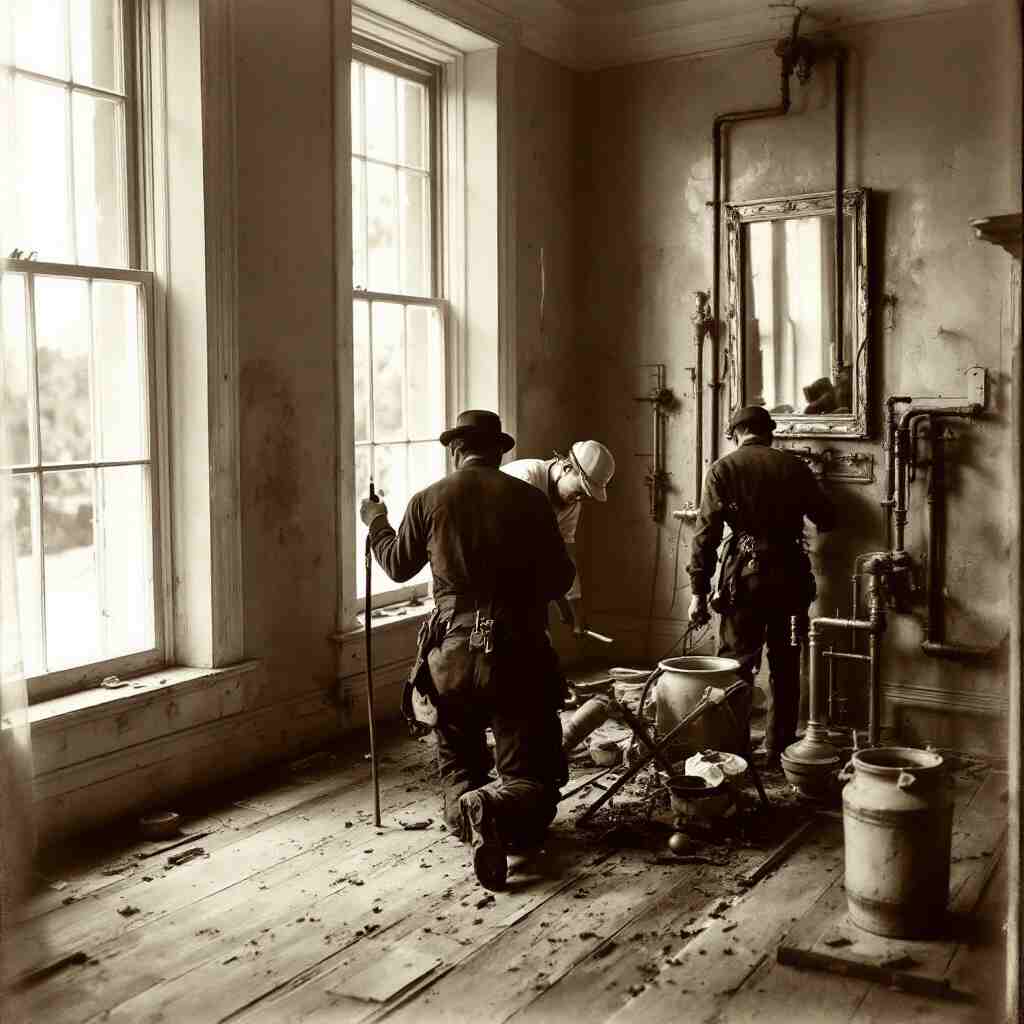
Plumbing in the 19th Century
In the 1800s, indoor plumbing was a luxury enjoyed by only the wealthiest households. Mansions and hotels were often the first to adopt advanced plumbing systems, while most American homes relied on outhouses and wells.
Modern Plumbing Advancements
Plumbing technology has advanced to include water-efficient fixtures, intelligent systems, and eco-friendly designs. The White House, with its state-of-the-art plumbing, serves as a benchmark for modern infrastructure.
Feature19th Century White HouseModern White House
Water Source Hand pumps and wells Municipal water supply
Waste Disposal Chamber pots and privies Advanced sewage systems
Number of Bathrooms 1-2 Over 30
Hot Water Access Limited (heated manually) Centralized water heating
Why Did It Take So Long? Challenges and Delays
Several factors delayed the installation of indoor plumbing in the White House:
- Technological Limitations: Plumbing innovations were still in their infancy during the early 19th Century.
- Logistical Challenges: The White House’s size and layout made it difficult to retrofit with plumbing systems.
- Historical Events: British forces’ burning of the White House in 1814 disrupted infrastructure development.
The Modern White House: State-of-the-Art Plumbing Today
Today, the White House boasts a state-of-the-art plumbing system that includes:
- Over 30 bathrooms for residents and staff.
- Eco-friendly fixtures designed to conserve water.
- Regular maintenance to ensure optimal performance.
These advancements highlight the ongoing effort to maintain the White House as a historic landmark and a functional residence.
You may also read (house plumbing vent)

